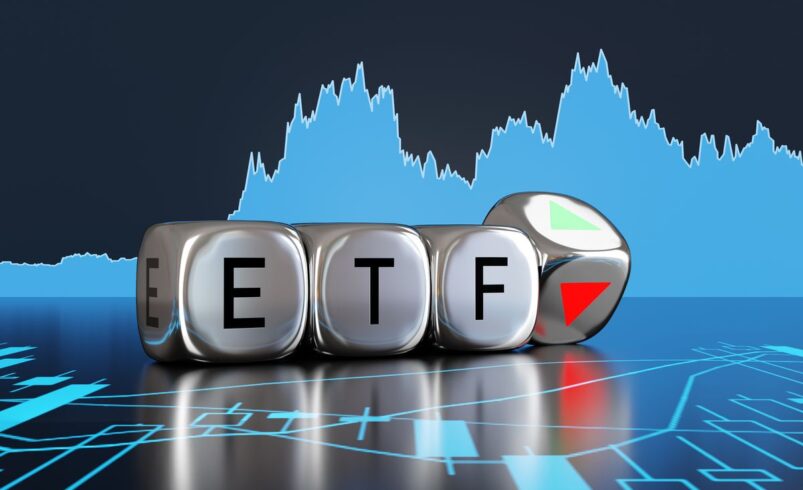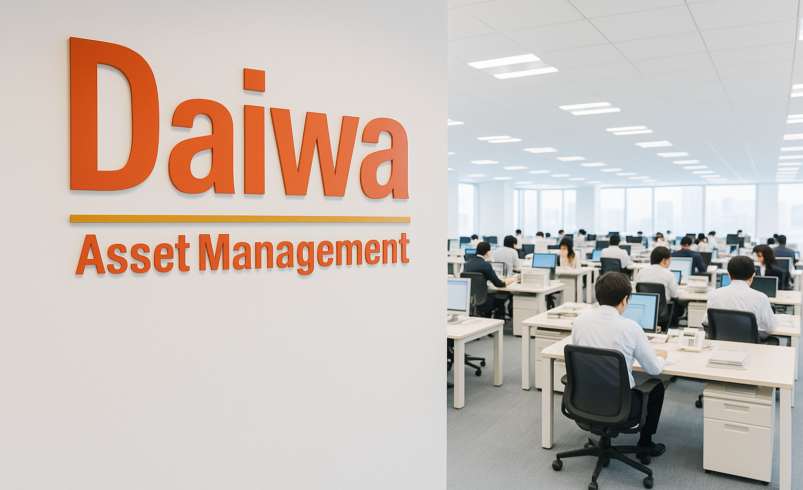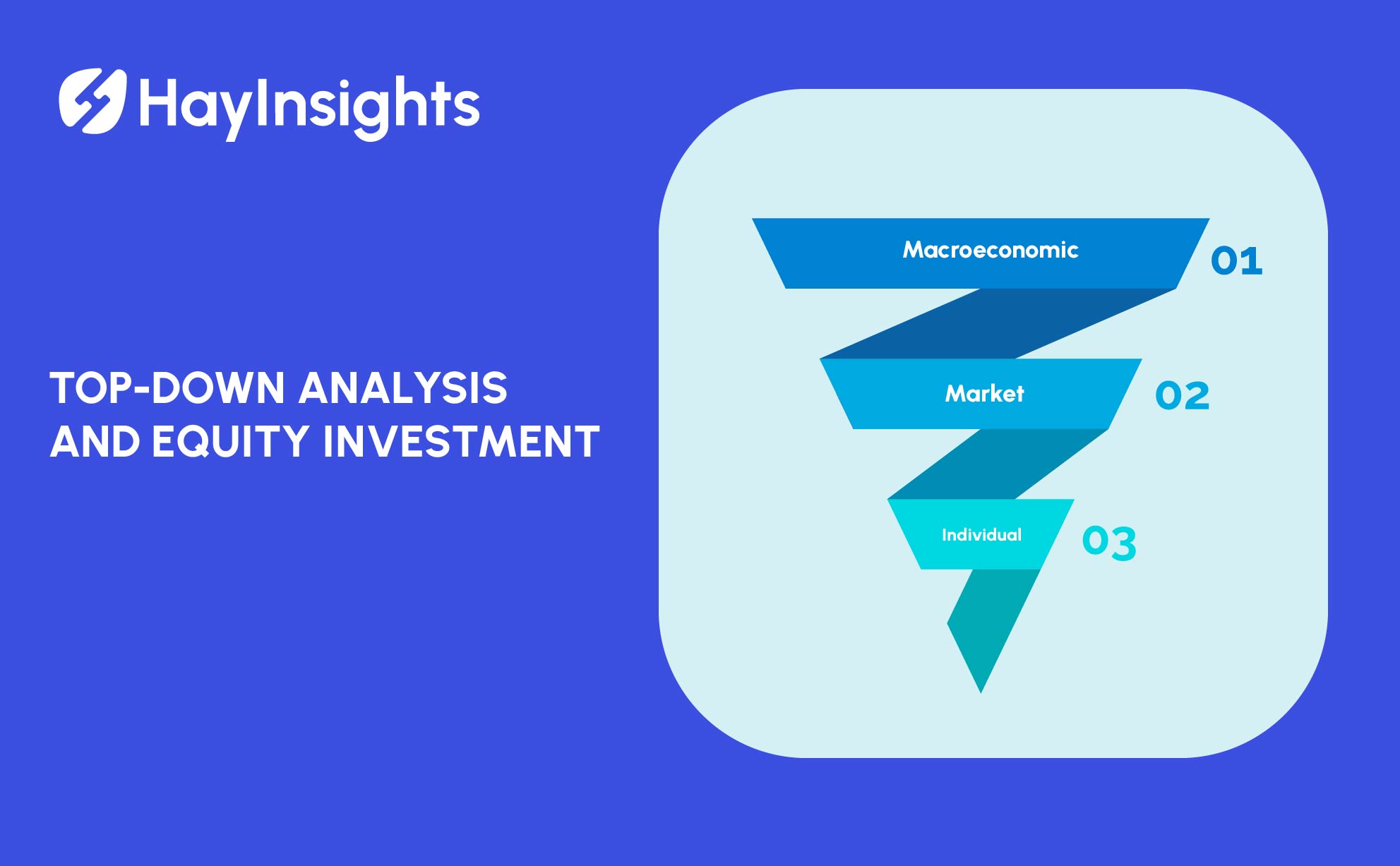
Top 5 Most Used Indices in Japan
The Japanese stock market is one of the most influential and dynamic markets in the world. With a rich history and a diverse range of industries, it offers investors numerous opportunities for growth and investment. Understanding the key indices within this market is crucial for investors looking to make informed decisions. This article explores the top 5 biggest and mostly used indices in the Japanese stock market, highlighting their significance, components, and impact on the global economy.
Overview of the Japanese Stock Market
Japan’s stock market, primarily located in Tokyo, is one of the oldest and most robust in the world. Established in the late 19th century, it has grown to become a critical player in the global financial system. The Tokyo Stock Exchange (TSE) is the primary exchange where most trading occurs, and it hosts a wide range of companies from various sectors, including technology, automotive, and consumer goods.
Historical Context
The origins of the Japanese stock market can be traced back to the establishment of the Tokyo Kabushiki Torihikijo in 1878. Over the years, the market has evolved, weathering numerous economic crises and periods of rapid growth. The post-World War II economic boom significantly boosted the market, making Japan an economic powerhouse.
Economic Impact
The Japanese stock market is a barometer of the country’s economic health. It influences and reflects investor sentiment, government policies, and international trade dynamics. The market’s performance often mirrors Japan’s economic conditions, making it an essential tool for economic analysis.
Importance of Stock Market Indices
Stock market indices play a crucial role in the financial markets by providing a snapshot of market performance. They help investors gauge market trends, make investment decisions, and assess the economic health of a country.
Role in Economy
Indices like the Nikkei 225 and TOPIX are vital indicators of economic performance. They aggregate the stock prices of selected companies, offering a composite measure that reflects the overall market trends. Policymakers and economists use these indices to craft economic policies and assess their impact.
Investor Confidence
A well-performing stock market index boosts investor confidence, attracting both domestic and foreign investments. Indices also help in portfolio diversification and risk management, offering a benchmark against which investors can measure their investments.
—
Nikkei 225
Introduction
The Nikkei 225, also known simply as the Nikkei, is the most widely followed index of the Japanese stock market. It includes 225 of the largest and most liquid stocks traded on the Tokyo Stock Exchange.
Composition
The Nikkei 225 comprises companies from various sectors, including technology, finance, consumer goods, and industrials. Some prominent companies in the index include Toyota, Sony, and Panasonic.
Calculation Method
The Nikkei 225 is a price-weighted index, which means that stocks with higher prices have a more significant impact on the index’s value. The index is calculated in yen and is reviewed annually to ensure it remains representative of the market.
Historical Performance
Historically, the Nikkei 225 has experienced significant volatility, reflecting Japan’s economic cycles. During the late 1980s, the index reached its peak during the asset price bubble. It later plummeted during the 1990s economic downturn but has since recovered and continues to be a critical indicator of Japan’s economic health.
Impact on Investors
For investors, the Nikkei 225 is a valuable tool for understanding market trends and making investment decisions. It provides exposure to a broad range of sectors, helping investors diversify their portfolios. Moreover, it is often used as a benchmark for Japanese mutual funds and ETFs.
—
TOPIX (Tokyo Price Index)
Introduction
The TOPIX, or Tokyo Price Index, is another major index that tracks all domestic companies in the First Section of the Tokyo Stock Exchange.
Composition
The TOPIX includes a broader range of companies compared to the Nikkei 225, encompassing large-cap, mid-cap, and small-cap stocks. This diversity provides a more comprehensive view of the Japanese stock market.
Calculation Method
Unlike the Nikkei 225, the TOPIX is a market capitalization-weighted index. This means that companies with higher market caps have a more significant influence on the index’s value. The index is calculated in points, with 1968 as the base year (100 points).
Historical Performance
The TOPIX has shown steady growth over the years, mirroring the broader economic trends of Japan. It offers a more stable and less volatile performance compared to the Nikkei 225 due to its diverse composition.
Impact on Investors
The TOPIX is popular among institutional investors and is often used as a benchmark for Japanese equity funds. Its broad coverage of the market makes it a reliable indicator for long-term investment strategies.
—
JPX-Nikkei Index 400
Introduction
The JPX-Nikkei Index 400 is a relatively new index introduced in 2014, designed to attract more international investors by including companies with high returns on equity and strong corporate governance.
Composition
The index comprises 400 companies selected based on criteria such as profitability, market capitalization, and governance standards. It aims to highlight companies that prioritize shareholder value.
Calculation Method
The JPX-Nikkei Index 400 is a market capitalization-weighted index, similar to the TOPIX. It is calculated based on the free-float-adjusted market value of its constituents.
Historical Performance
Since its inception, the JPX-Nikkei Index 400 has gained popularity among investors looking for companies with strong financial health and governance. It has performed well, reflecting the growing importance of corporate governance in Japan.
Impact on Investors
The index serves as an attractive option for investors seeking high-quality companies with strong governance practices. It also encourages Japanese companies to improve their governance and profitability to be included in the index.
—
JASDAQ Index
Introduction
The JASDAQ Index represents the performance of companies listed on the JASDAQ market, which is part of the Tokyo Stock Exchange and focuses on emerging and smaller companies.
Composition
The index includes a diverse range of small to mid-sized companies from various sectors, including technology, healthcare, and consumer services.
Calculation Method
The JASDAQ Index is a market capitalization-weighted index, which provides a comprehensive view of the performance of smaller and growing companies in Japan.
Historical Performance
The JASDAQ Index has shown steady growth, reflecting the dynamism and innovation of smaller Japanese companies. It offers a different perspective compared to larger indices like the Nikkei 225 and TOPIX.
Impact on Investors
For investors, the JASDAQ Index offers exposure to the growth potential of smaller and emerging companies. It is particularly appealing for those looking to invest in innovative and high-growth sectors.
—
Nikkei 500
Introduction
The Nikkei 500 is another prominent index that includes 500 of the largest companies listed on the Tokyo Stock Exchange.
Composition
The index comprises companies from various sectors, providing a broad view of the Japanese economy. It includes many of the same companies as the Nikkei 225 but with a larger sample size.
Calculation Method
The Nikkei 500 is a market capitalization-weighted index, which means that larger companies have a more significant impact on the index’s value. It is calculated in yen and is reviewed periodically.
Historical Performance
The Nikkei 500 has demonstrated consistent performance, reflecting the overall economic trends in Japan. Its larger sample size provides a more comprehensive view compared to the Nikkei 225.
Impact on Investors
The Nikkei 500 is useful for investors seeking a broader perspective on the Japanese market. It includes a wide range of companies, making it a valuable tool for diversification and long-term investment strategies.
—
Comparative Analysis of the Indices
Performance Comparison
When comparing the performance of these indices, the Nikkei 225 is often more volatile due to its price-weighted calculation, while the TOPIX and JPX-Nikkei Index
offer a more balanced sectoral distribution.
Impact on Global Investors
Foreign Investment
Japanese indices are crucial for global investors seeking exposure to the Japanese market. They offer insights into the performance of various sectors and companies, aiding in investment decisions.
Market Sentiment
The performance of these indices influences market sentiment globally. A strong performance can attract foreign investment, while a decline can indicate broader economic challenges.
Future Outlook of Japanese Stock Indices
Technological Innovations
Japan continues to be a leader in technological innovation, and this is reflected in its stock market indices. Companies in sectors like robotics, AI, and renewable energy are expected to drive future growth.
Economic Policies
Government policies, such as Abenomics and corporate governance reforms, play a significant role in shaping the future of Japanese stock indices. These policies aim to boost economic growth and investor confidence.
Conclusion
Understanding the top 5 biggest and most used indices in the Japanese stock market is essential for investors looking to navigate this dynamic market. Each index offers unique insights and opportunities, making them valuable tools for investment strategies. By staying informed about these indices, investors can make better decisions and leverage the growth potential of Japan’s economy.












